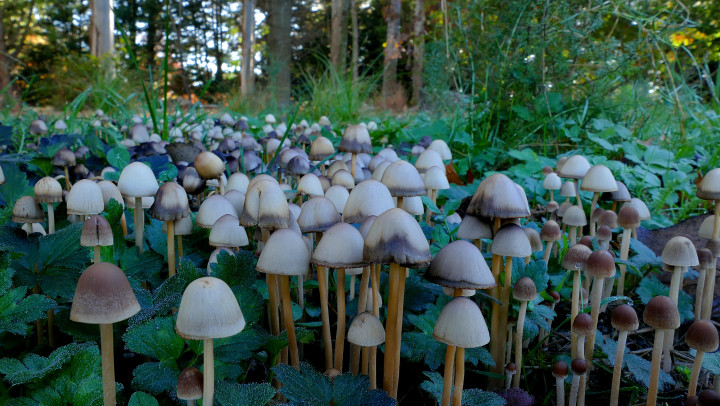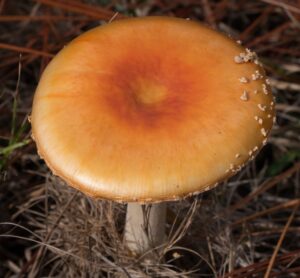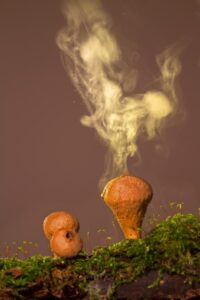
The History and Cultural Significance of Magic Mushrooms
Magic mushrooms have a rich history and cultural significance that spans different civilizations and time periods. These fascinating fungi have been used for various purposes, ranging from spiritual and ceremonial practices to recreational and medicinal use. Let’s delve deeper into the intriguing history and cultural significance of magic mushrooms.

Ancient Use of Magic Mushrooms
Magic mushrooms have been used for thousands of years by indigenous cultures around the world for their spiritual and ceremonial practices. In regions such as Mesoamerica, ancient cultures like the Mayans and Aztecs considered magic mushrooms to be sacred and used them in religious rituals to communicate with deities and spirits, gain insight and guidance, and achieve altered states of consciousness. The use of magic mushrooms in ancient cultures was often intertwined with their belief systems, cosmology, and understanding of the spiritual realm.
Shamanic Practices and Magic Mushrooms
Shamans, who are spiritual healers and guides, have also used magic mushrooms in their practices for centuries. In many indigenous cultures, shamans have been known to consume magic mushrooms to induce altered states of consciousness, communicate with the spirit world, and gain insights into healing and divination. Shamanic practices involving magic mushrooms often involve intricate rituals, chanting, and ceremonial settings to harness the power of the mushroom’s effects for spiritual purposes. The use of magic mushrooms in shamanic practices is believed to facilitate a direct connection with the spirit realm and allow for guidance and healing.

Influence on Art and Creativity
Magic mushrooms have also been associated with art and creativity throughout history. Many artists and writers have reported using magic mushrooms to enhance their creativity, gain inspiration, and access deep insights. The psychedelic effects of magic mushrooms are believed to stimulate the imagination, open up new perspectives, and facilitate a heightened sense of artistic expression. Some famous artists, such as Salvador Dalí and Terence McKenna, have even credited their creative works to the insights gained through the use of magic mushrooms. The relationship between magic mushrooms and art has been explored in various forms, including paintings, literature, music, and other artistic expressions.
Modern Revival and Recreational Use
In recent decades, magic mushrooms have experienced a revival in popularity, particularly for recreational use. With increasing awareness and acceptance of psychedelic substances, many people are turning to magic mushrooms as a means of recreational exploration, self-discovery, and personal growth. The psychedelic effects of magic mushrooms, such as altered perception, enhanced emotions, and mystical experiences, can be intriguing to those seeking a unique and mind-expanding experience. However, it’s important to note that the recreational use of magic mushrooms should be approached with caution, as they are potent substances that can induce intense and unpredictable experiences. Responsible use, proper set and setting, and understanding of the potential effects and types are crucial for safe and meaningful experiences.

Conclusion
In conclusion, the history and cultural significance of magic mushrooms are multifaceted and span across different civilizations, time periods, and practices. From ancient ceremonial use to modern recreational exploration, magic mushrooms have played a significant role in human history and continue to intrigue and captivate people around the world. Whether for spiritual, artistic, or recreational purposes, the use of magic mushrooms should always be approached with respect, awareness, and responsible use to ensure safe and meaningful experiences. Ensure when you buy shrooms online, that you use a reputable website and not a dealer on the street.
